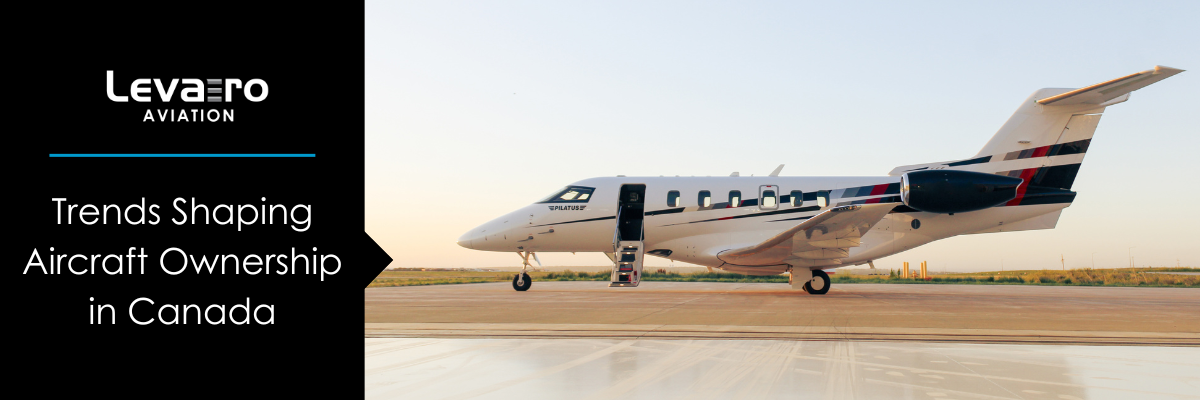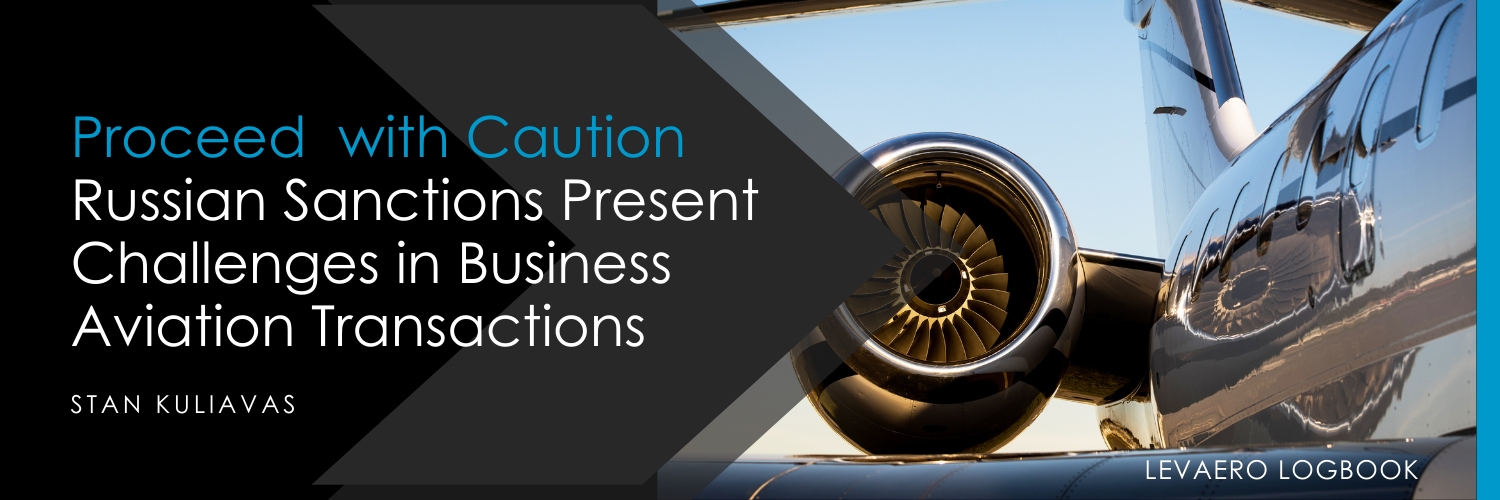Written by Stan Kuliavas
Flying private is a great way to travel, and never before in my career has it been so accessible to business travellers. Many professionals incorrectly feel this opportunity remains a privilege for “the boss,” even though the choice can improve your business efficiency, allowing you to spend more time at home instead of in long lines at commercial airports.
First, it’s important to place things in context. Consider aircraft like any other type of machinery at your company. Similar to sales software or computer-controlled factory equipment, corporate aircraft are effective tools for increasing efficiency; driving return and increasing revenue. In a New York Times article, founder of restaurant chain Jimmy John’s, Jimmy John Liautaud reiterates the importance of corporate aircraft to his business: “My airplanes are necessary machines, as necessary to this business as our meat slicers,” he says. I couldn’t agree more. (https://www.nytimes.com/2010/04/13/business/13road.html)
Regardless of the amount of miles you fly, there exists a buffet of ways in which flying private can work for you and your bottom line. If you’re noticing the strains of commercial airline travel on your work and seeking a better-business outcome, consider investigating one of the following options:
Ad Hoc Charter
If you’re flying less than 25-50 hours per year, ad hoc charter could be a viable solution for you. It’s the simplest, non-ownership entry point into private flying that allows you to rent an entire aircraft whenever you need to travel for business, without the obligations of purchasing an aircraft. Though an ad hoc charter is a turnkey solution for professionals who want to experience all the benefits of private flying with low commitment and zero responsibility, it offers the least amount of control as access to these aircraft are largely based on them not being used by their owners. If you fly more than 25-50 hours per year, there may be other more economical options to consider over ad hoc charter.
Membership Airlines
While the aviation industry is often slow to innovate, some of the most recent disruptions in aircraft offerings have come in the way of membership-based private air travel offerings. Generally, you can expect to pay an initiation fee, a membership fee, and either a monthly or annual fee for mostly unlimited flying. For this, you’re allocated a seat on an airplane, and as long as you need to go to the same destination the aircraft is flying to, you’ll be well taken care of. These aircraft have predetermined, or scheduled, routes and fly to less-frequented airports across North America (often secondary or tertiary airports in major markets).
Membership airlines are great if your desired destinations are served by the airline’s presently-offered routes. These offerings tend to be popular in the US because of the numerous airports not serviced by commercial aircraft that are open to private aircraft.
Fractional Ownership
Fractional Ownership acts as a good option for somebody who flies between 25-150 hours per year, depending on your flying patterns. In this method, one pays for only a portion of the fixed aircraft costs, and is charged an hourly operating cost only when you fly. Provided that the fractional operator you’re considering has the right aircraft for your needs, this is a cost-effective way to dip your toes into private aviation. Fractional ownership is especially relevant if you often require one-way travel, stay at a given destination for extended periods of time, or need access for teams located in different geographic areas. Aircraft availability guarantees generally range from 8 hours to 72 hours, depending on the size of your ownership interest. The residual value asset risk is yours, and exiting the program requires selling your fractional interest, which can be slightly more challenging than selling an entire aircraft.
Whole Aircraft Ownership
There are many factors to consider when evaluating if whole aircraft ownership is the appropriate decision for your business. However, if you fly more than 100-150 hours per year, the other options mentioned above can get relatively expensive. Whether you plan to pilot the aircraft yourself or hire a professional flight crew, owning an aircraft affords you the highest level of control, flexibility, and security over your travel. Owning an entire aircraft also provides the opportunity to offset your fixed costs through chartering; adding your aircraft to a charter pool, to be rented out when you’re not using it.
People who live a high-frequency travel lifestyle know too well how much time is spent in transit at commercial airports in major hub cities like ATL, JFK, LAX, and YYZ. It can be grossly inconvenient to travel commercially, not to mention physically taxing on the body, economically inefficient and not particularly motivating or happiness-inducing.




